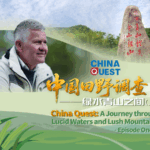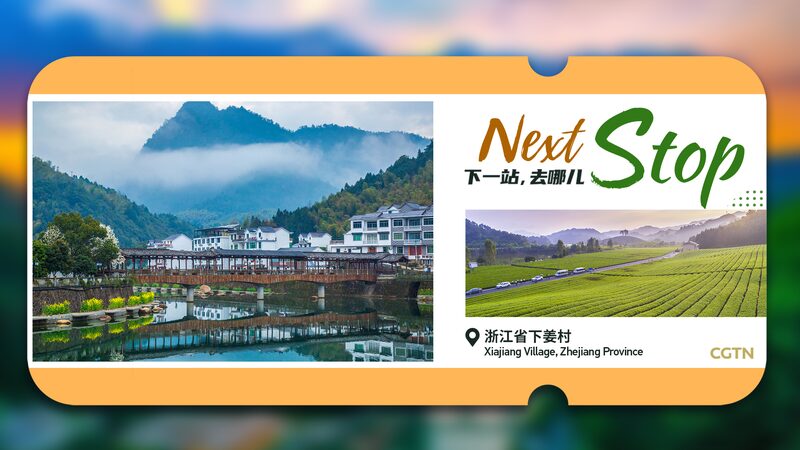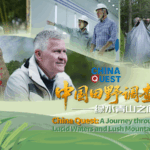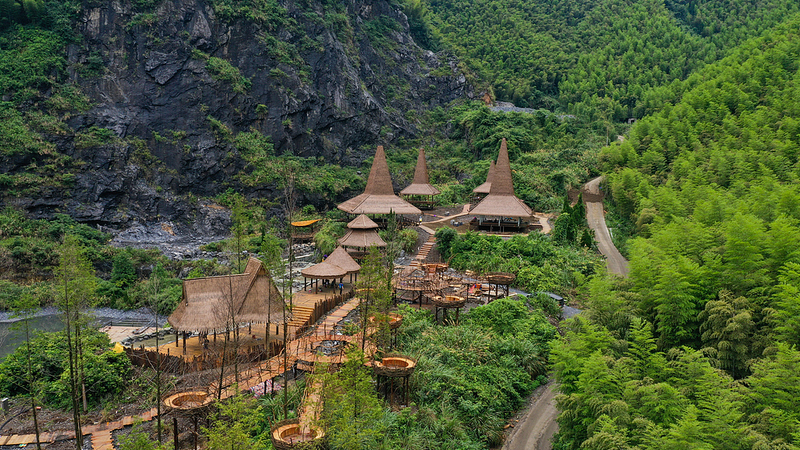Imagine trading mining helmets for bamboo hats and swapping soot-covered faces for fresh mountain air. That’s the story of Anji County, a once-industrial corner of the Chinese mainland now famous for its lush greenery and slow-living vibes. 🌿
Two decades ago, Anji’s economy ran on mines and cement plants. Residents like Pan Chunlin remember working grueling hours, returning home coated in dust. "Young people fled," Pan says. But today, the same hills that inspired Crouching Tiger, Hidden Dragon draw tourists craving Netflix-worthy views and homestays serving steaming cups of local tea. ☕
The shift began in the early 2000s when local authorities closed polluting industries and bet big on eco-restoration. Now, bamboo manufacturing and rural tourism fuel the economy, with tourism alone contributing over 20% of farmers’ incomes. Pan, now a guesthouse owner, laughs: "We used to earn a few thousand yuan a year. Now, that’s a good day’s work!" 💸
Anji’s revival isn’t just about scenery—it’s a blueprint for China’s green transition. Once-abandoned villages buzz with startups led by returning youth, while clear rivers and cleaner air prove sustainability pays. Ranked #1 in tourism competitiveness for six years straight, Anji shows how nature can be the ultimate economic engine. 🌍🚀
Reference(s):
cgtn.com






